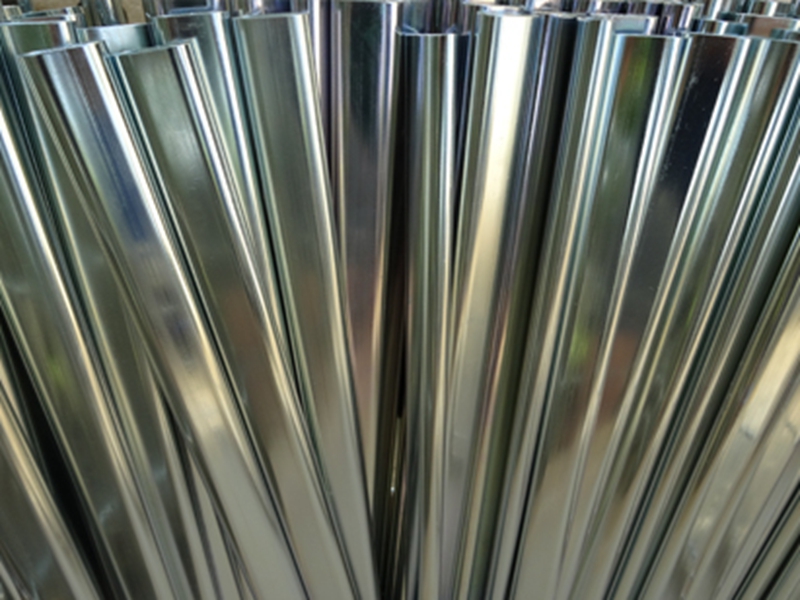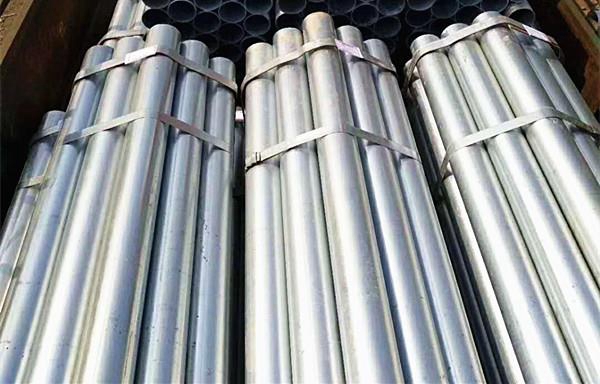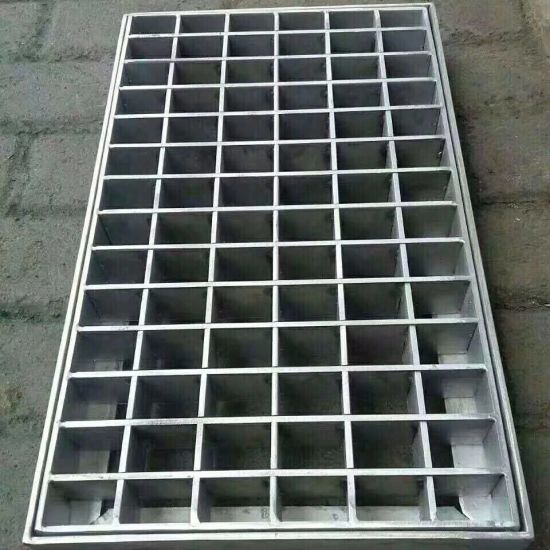Cold galvanizing is also called electro-galvanizing. It is an electrolytic device that removes oil and pickles and puts it into a solution of zinc salt. It is connected to the negative electrode of the electrolyzer. The zinc plate is placed on the opposite side of the pipe and connected to the electrolysis device. The positive pole is connected to the power source, and a layer of zinc is deposited on the pipe member by the current moving from the positive electrode to the negative electrode. The cold-plated pipe member is processed and then galvanized.

Cold-galvanized coatings are mainly anti-corrosion by electrochemical principle. Therefore, it is necessary to ensure sufficient contact between the zinc powder and the steel, and the electrode potential difference is generated, so the surface treatment of the steel is very important.
Steel surface treatment
(1) New steel surface treatment
Before spraying cold galvanizing, mechanical rust removal (blasting, shot blasting, etc.) should be selected to make the surface cleanliness of the steel reach ISO 85O1-1 Sa 2.5, equivalent to GB 8923 Sa 2.5. Its text is defined as: "After mechanical rust removal of steel, the surface is free of oil, rust, no scale and other dirt, or only a slight trace; 95% of the steel surface is impacted by steel shot (sand), exposed The luster of metal."
Another indicator of the quality of surface treatment - roughness, different cold galvanized materials have different roughness requirements. In the construction specification of Zinga, the average roughness Ra = 12.5 is required, that is, the roughness Rz = 55 to 75 microns. In the "Strong Zinc" and "Robaru" construction instructions, the roughness requirements are slightly lower, Rz = 40 ~ 60 microns.
If cold galvanizing is formed into a film alone, the surface roughness can be controlled to be slightly smaller as an anticorrosive coating to ensure the thickness of the cold galvanized coating; and when cold galvanizing is used as the bottom layer of the heavy anticorrosive coating, the total matching coating When the thickness is greater than 180 microns, the surface roughness Rz of the steel should be greater than 60 microns in order to ensure the adhesion of the entire coating.
(2) Surface treatment of old steel
It is also best to use sand blasting to remove the old paint film and rust spots, and the steel surface still has a certain roughness. If the conditions are limited, it can also be polished by hand and sand (electric) tools. The rust removal standard reaches ISO 8501-1 St 3, which is a very thorough manual and power tool rust removal. Its text is defined as: "The surface should be free of visible grease and dirt, and there is almost no adhesion to the scale, rust, old coatings and foreign matter. The surface should have the luster of the metal substrate." Different brands of cold-galvanized materials have different grades for surface treatment. For example, Zinga, Belgium, allowed a slight rust area of 5% on the surface of the steel before painting. ROVAL was tested by the China Ship Technology Research Institute for 60-80 micron (dry film thickness) ROVAL when the steel surface was polished to st 3 level. The coating has excellent adhesion to steel and can be opened up to 6.1 MPa.
(3) Surface treatment of electric welds
The electric weld seam is the most rustable part of the steel component. Practice has proved that it is an economical and effective method to repair the weld by cold-dip galvanizing after welding and installing steel components with arc sprayed zinc (aluminum) and hot-dip galvanized coating. However, before repairing, the surface of the weld must be carefully removed from "splash", "slag" and "smoke" to remove grease, weld flaw detectors and other contaminants, and sanded to St 2 of ISO 8501-1. Immediately after the surface treatment, the first cold galvanizing coating is applied.

Painting construction
High-quality cold-galvanized steel, steel has been subjected to surface treatment in accordance with specifications, and must rely on good coating construction, in order to give full play to the maximum superiority of cold-galvanizing, giving steel effective protection. In addition to various specifications and various types of cold-galvanized aerosol cans, the most common construction methods for cold-dip galvanizing are: brushing, air spraying and high-pressure airless spraying. The roll coating speed is fast, but due to poor permeability, air is often trapped in the coating film, so it is not suitable for the coating of the primer "cold galvanizing".
Coating environmental conditions: temperature range: -5-50~C; relative humidity: less than 85%; self-coating for 3 h (judgment standard: blown cotton ball method or finger touch method); overcoat other coatings for more than 24 h.
Environmental performance
Like heavy-duty anti-corrosion coatings, cold-galvanizing production and painting projects are also related to environmental protection and occupational health and safety of construction workers and the public. Therefore, environmental protection is also the main development direction of cold-galvanizing. Cold galvanized materials have excellent environmental performance, mainly reflected in the following four aspects:
(1) Heavy metals such as Ph, Cr, and Hg are not contained in the composition.
(2) (2) It belongs to thick film type material and has good thixotropic properties. After sufficient agitation, it can be applied with little or no diluent. Since the content of cold-galvanized solids is as high as 77%, a single airless spray can obtain a higher film thickness, reduce the amount of organic solvent volatilization, and reduce drying energy consumption, which are beneficial to environmental protection.
(3) Tests have proved that most of the cold-dip galvanizing solvents and diluents do not contain toxic organic solvents such as toluene, ketones and halogenated hydrocarbons.
(4) Cold galvanizing is the best material to replace hot dip galvanizing and arc (hot) zinc blasting. It is more effective in reducing three wastes, reducing energy consumption and improving the social benefits of environmental protection.


